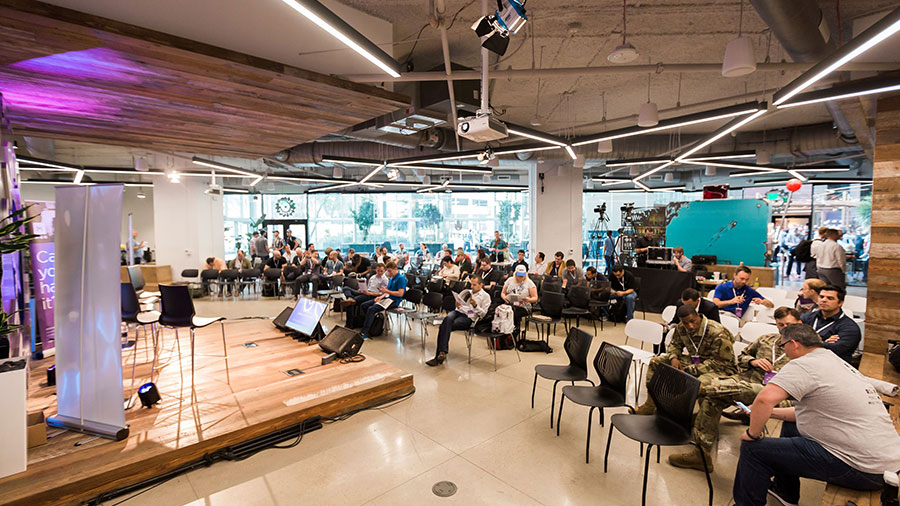
Austin Hack

Local entrepreneurs, developers, designers, and hackers from the academic, military, and commercial start-up communities worked to build and demonstrate product prototypes to counter commercial off-the-shelf, small, unmanned aerial systems (sUAS).
Solutions were evaluated on the potential impact on one of four challenges of combating sUAS:
- Detection of sUAS operating in waypoint mode (i.e. not actively broadcasting/communicating)
- Novel Cyber Effects for undetected exploitation of the sUAS system, including locating the operator
- Nullification of the sUAS’s ability to perform its mission without destroying the system
- Elimination of a sUAS threat that has defeated all other cyber and electronic warfare countermeasures, while minimizing risk to bystanders
Validation also considered the level of demonstration, and the viability of bringing the solution to market.
Partnership sponsors for the event included:
- The University of Texas at Austin via the IC2 Institute
- The Austin Technology Incubator
- The Blackstone Launch Pad
- The Army Research Lab
- Capital Factory
The winning teams and solution concepts included:
Echo Intelligence
Composed of a mixture of students from the Naval Postgraduate School and private civilians, this team developed a solution comprised of a machine learning application that detects sUAS acoustics and plots the system’s location based on a unique set of sound characteristics..
GigEmBytes
A team of students from Texas A&M, GigEmBytes created a modular platform that allows the creation of modules that can automatically analyze drone firmware for classes of vulnerabilities and store the found vulnerabilities, then automatically launch selected exploits against those drones.
The “A” Team
Another mixed team made up of students from Texas A&M and the Army Research Lab, this team demonstrated a solution that uses a ground network of cameras to monitor the airspace and detect a sUAV using computer vision and machine learning algorithms.

Each of the three winning teams will receive up to $15K project funding and mentoring from NSIN to advance their concepts. Beyond the winners selected, multiple teams developed concepts that the Army is interested in evaluating further.
For details on all the solutions, log onto https://a-hack-of-the-drones.devpost.com/.